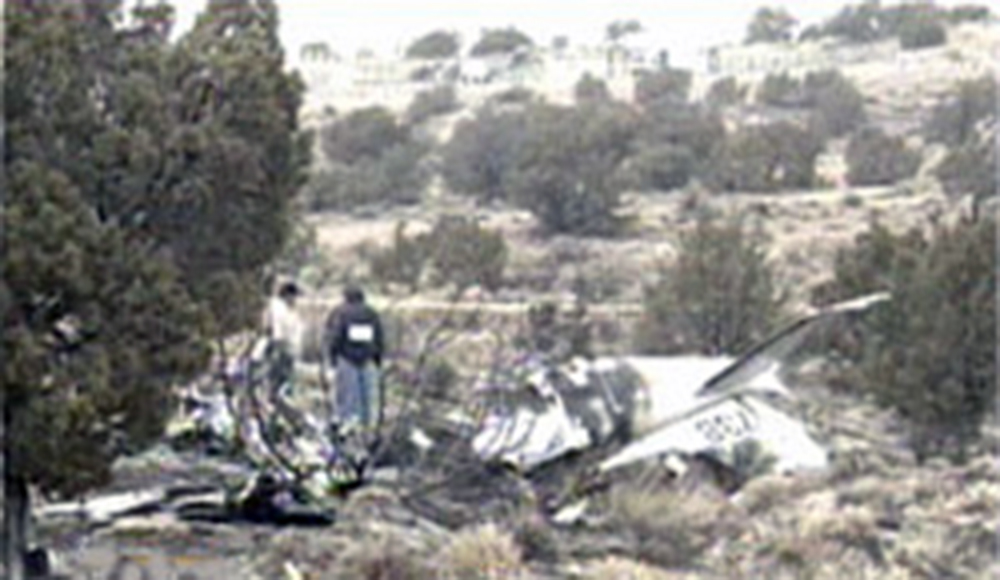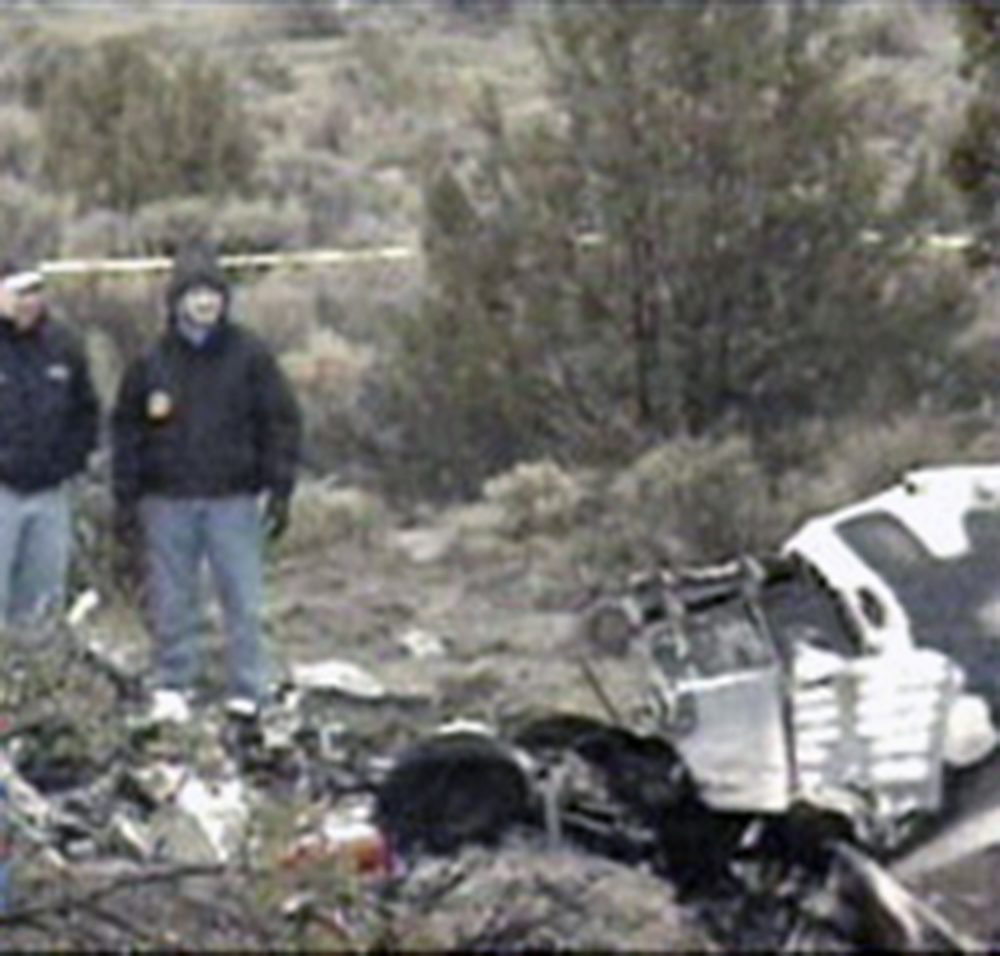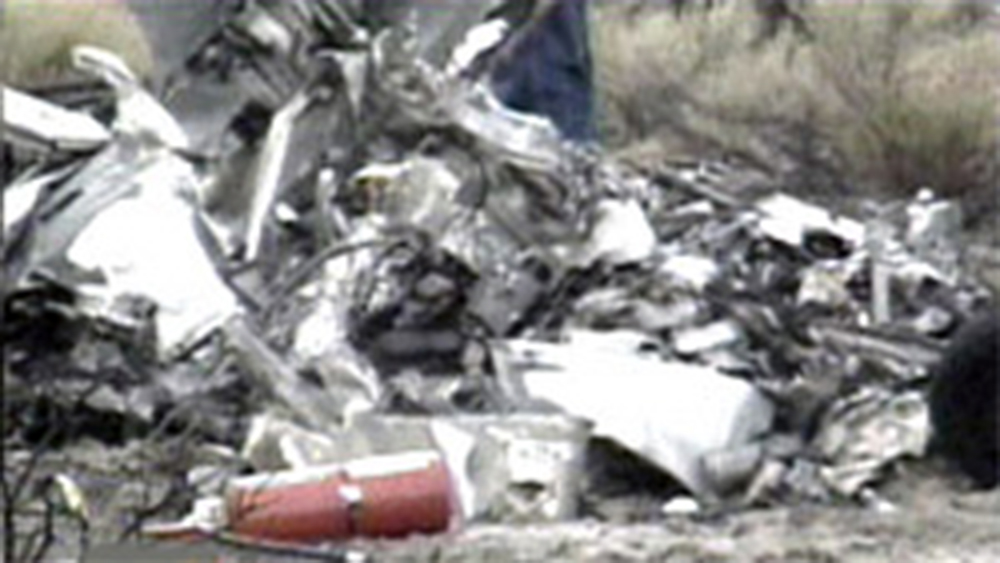Crash of a Cessna 340A in Angel Fire
Date & Time:
Aug 31, 2008 at 2045 LT
Registration:
N397RA
Survivors:
Yes
Schedule:
Tomball – Angel Fire
MSN:
340A-0009
YOM:
1975
Crew on board:
1
Crew fatalities:
Pax on board:
0
Pax fatalities:
Other fatalities:
Total fatalities:
0
Captain / Total hours on type:
625.00
Aircraft flight hours:
6507
Circumstances:
The pilot reported that he was cleared for a GPS approach and broke out of the clouds at 1,800 feet. He entered a left hand traffic pattern and his last recollection was turning base. He woke up in the crashed airplane which was on fire. The airplane was destroyed. An examination of airplane systems revealed no anomalies.
Probable cause:
Controlled flight into terrain for unknown reasons.
Final Report:





